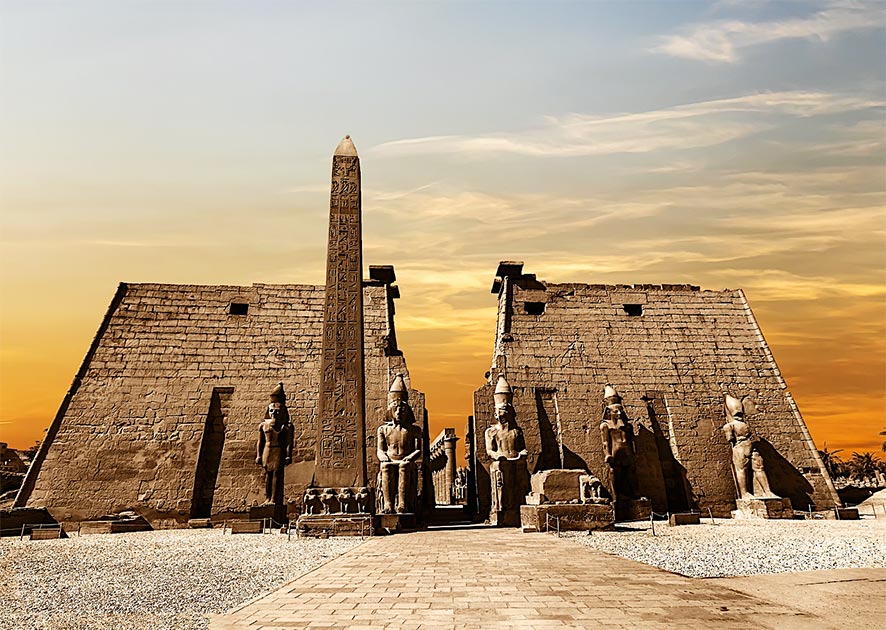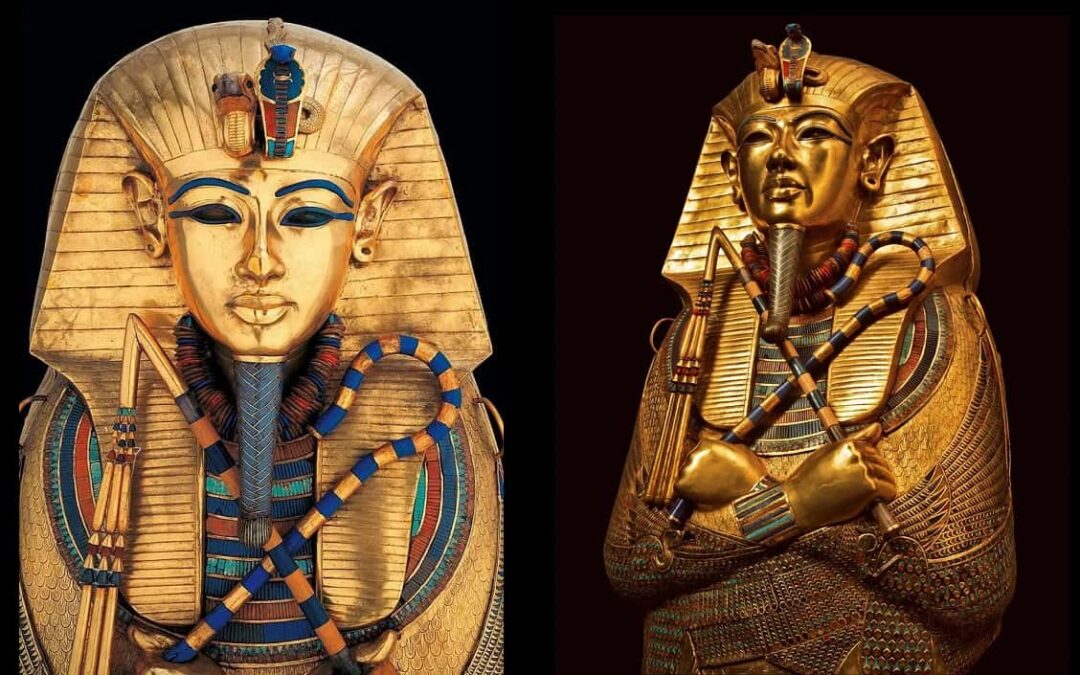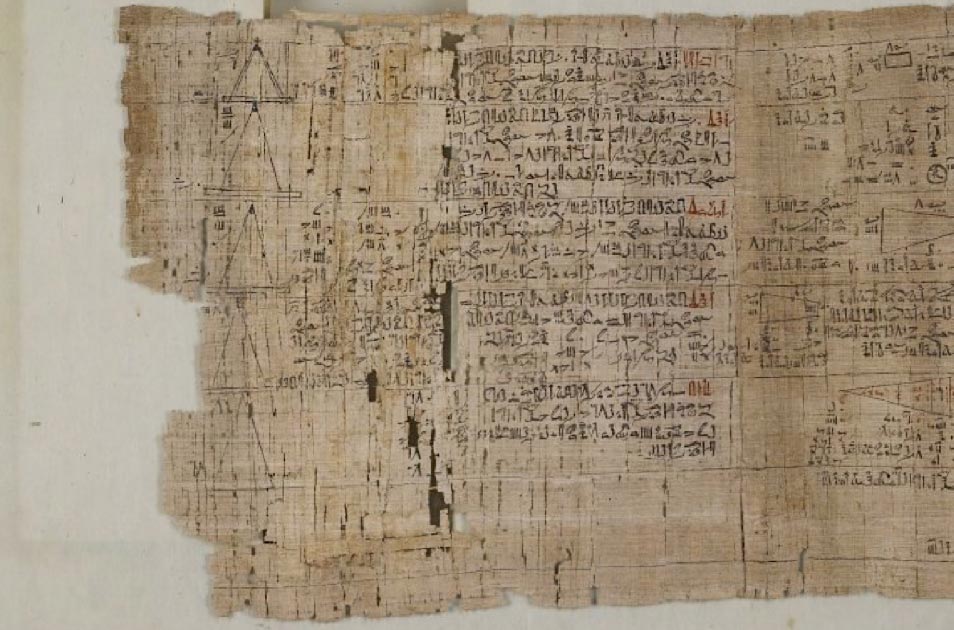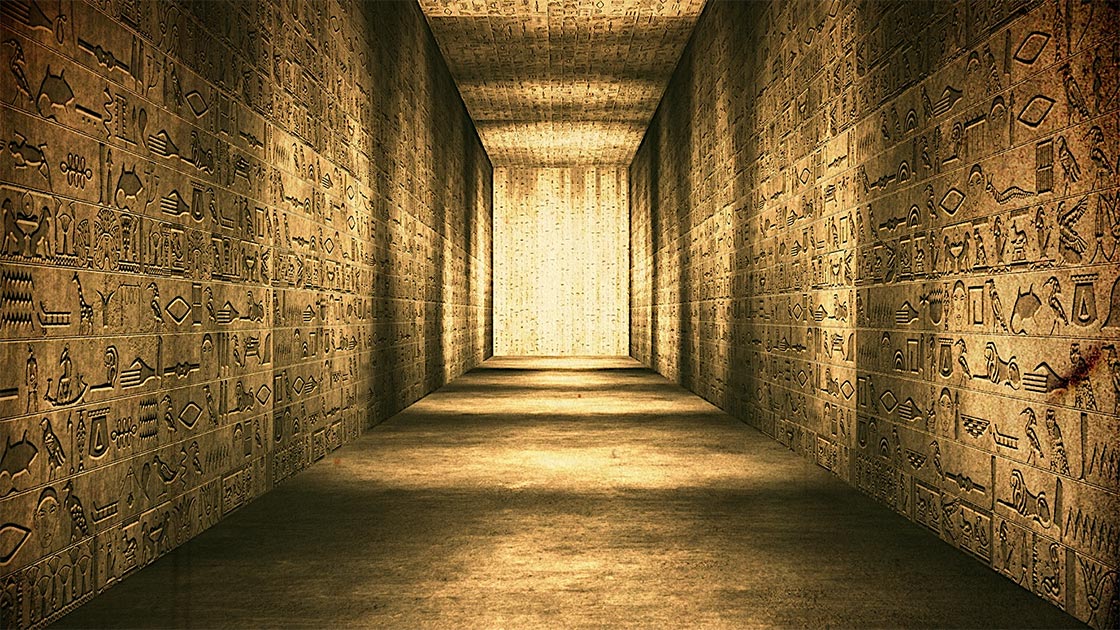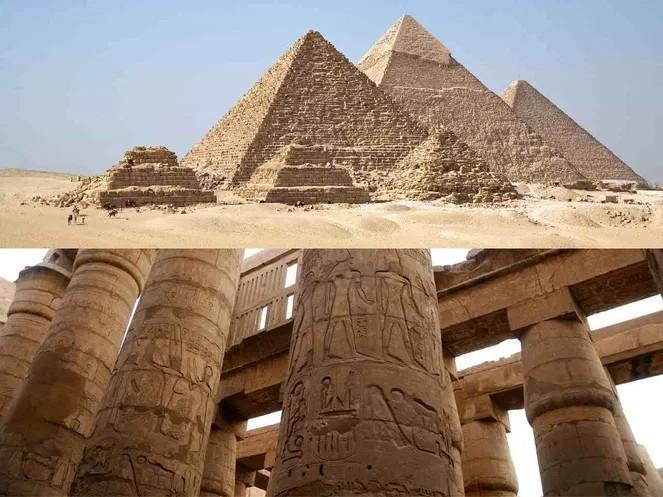Archeologists discovered a substantial amount of liquid mercury beneath the Mexican pyramid in 2015. Mercury has been discovered in Mesoamerican tombs in the form of a powdery red pigment called cinnabar on multiple occasions, but finding it in liquid form is extremely rare. The presence of liquid mercury, according to ancient astronaut theories, could have been part of the Aztecs’ propulsion mechanism. Sergio Gómez, a Mexican archaeologist, discovered signs of liquid mercury in three chambers beneath the Pyramid of the Feathered Serpent at the Teotihuacan archaeological site north of Mexico City. Gómez and his colleagues uncovered three rooms after excavating the tunnel at the site, which had been unsealed for 1,800 years. Near the tunnel’s entrance, they discovered unusual objects like jade figurines, seashells, jaguar skeletons, and a chest filled with sculpted shells and rubber balls.
The discovery of liquid mercury, according to Gómez, could be a symbol of the underworld, where the deceased dwell, most likely the corpses of Teotihuacan’s kings. Teotihuacan was known as the “City of the Gods” by the Aztecs. It’s around 50 kilometers northeast of today’s Mexico City. There is no record of when the city was founded, but it thrived as early as 400 BC and by 400 AD had grown to be the most powerful and influential settlement on the planet. Teotihuacan was home to 100,000 to 200,000 people who erected massive monuments like the Temple of the Feathered Serpent (Quetzalcoatl) and the Pyramids of the Sun and the Sun Moon.
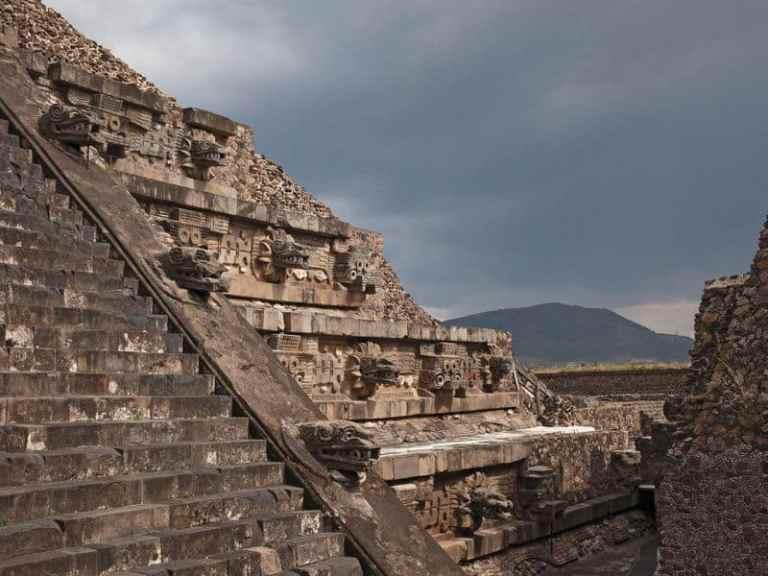 Mesoamericans utilized cinnabar to make liquid mercury to embellish jade artifacts and apply it on the dead corpses of their royal relatives, according to Rosemary Joyce, an anthropologist at the University of California. Mercury was discovered at three other sites in Central America, but not on the same scale as beneath the Temple of the Feathered Serpent. According to history: Teotihuacan’s various structures appear to be encoded with profound mathematical and cosmic concepts, and the arrangement closely resembles the locations of the planets in our solar system. Liquid mercury, mica-lined walls, and weird golden spheres containing unknown chemicals have all been discovered during modern digs at the site, all of which are out of place in the ancient world. Could these relics represent the remains of an extraterrestrial civilization? Maybe even a spaceport from another planet?
Mesoamericans utilized cinnabar to make liquid mercury to embellish jade artifacts and apply it on the dead corpses of their royal relatives, according to Rosemary Joyce, an anthropologist at the University of California. Mercury was discovered at three other sites in Central America, but not on the same scale as beneath the Temple of the Feathered Serpent. According to history: Teotihuacan’s various structures appear to be encoded with profound mathematical and cosmic concepts, and the arrangement closely resembles the locations of the planets in our solar system. Liquid mercury, mica-lined walls, and weird golden spheres containing unknown chemicals have all been discovered during modern digs at the site, all of which are out of place in the ancient world. Could these relics represent the remains of an extraterrestrial civilization? Maybe even a spaceport from another planet?
 Mercury is a highly hazardous element that humans can come into contact within a variety of ways. Headaches, chills, fever, chest tightness, coughing, hand tremors, nausea, vomiting, abdominal cramps, diarrhea, and other symptoms may occur as a result of exposure. While scientists are baffled by what was discovered beneath the Aztec pyramid, ancient astronaut theorists believe the mercury discovered at the Quetzalcoatl temple has a direct link to the feathered serpent god who descended from the sky. Theorists examined the likely reason for the large-scale availability of liquid mercury beneath the ancient Mexican pyramid in Episode 4 of Season 11 Ancient Aliens.
Mercury is a highly hazardous element that humans can come into contact within a variety of ways. Headaches, chills, fever, chest tightness, coughing, hand tremors, nausea, vomiting, abdominal cramps, diarrhea, and other symptoms may occur as a result of exposure. While scientists are baffled by what was discovered beneath the Aztec pyramid, ancient astronaut theorists believe the mercury discovered at the Quetzalcoatl temple has a direct link to the feathered serpent god who descended from the sky. Theorists examined the likely reason for the large-scale availability of liquid mercury beneath the ancient Mexican pyramid in Episode 4 of Season 11 Ancient Aliens.
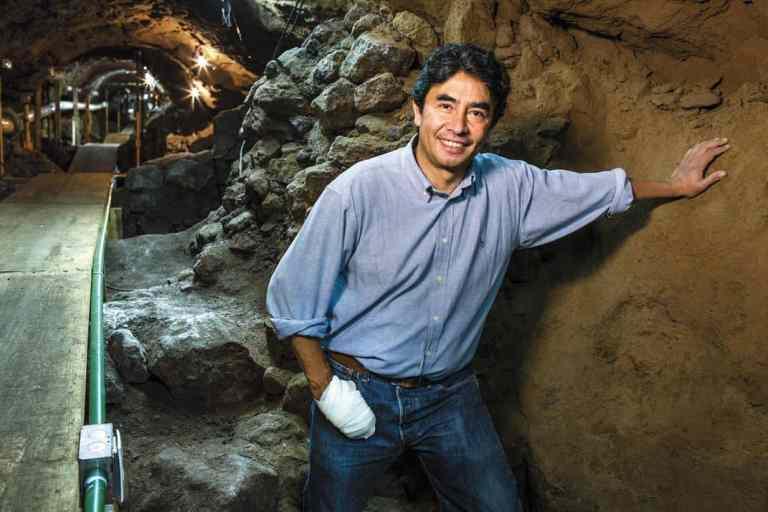
“The liquid mercury was not only found at Teotihuacan, according to old Indian texts, but it was also once part of the propulsion mechanism that extraterrestrials utilized for their flying machines,” Swiss scholar Erich von Däniken said.
According to Professor Shivanandam of Sri Chandrasekharendra Saraswathi Viswa Mahavidyalaya (Sri Chandrasekharendra Saraswathi University, Kanchipuram, India), people in India knew how to build Vimanas (flying machines) to traverse the sky and beyond around 7000 years ago, a technology that NASA is still attempting to harness today.
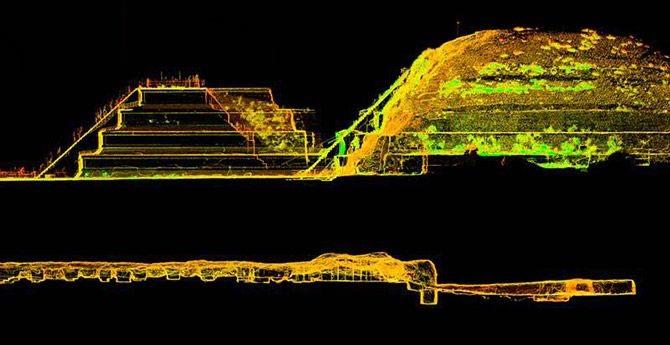 Vimanas that could fly in the air, sea, and land are mentioned in ancient Vedic scriptures. They describe a number of different propulsion systems, including Mercury propulsion. According to mythology, the Nazis used these ancient Sanskrit manuscripts to construct their flying aircraft. Professor Shivanandam expresses his thoughts as follows: “A mercury bombardment unit driven by solar cells is used in NASA’s future spacecraft engine. The mercury propellant is evaporated, fed into the thruster discharge chamber, ionized, turned into plasma, and accelerated out of the engine through small apertures at speeds ranging from 1200 to 3000 kilometers per minute. However, NASA has only achieved one pound of thrust thus far, which is insufficient. However, S.B.Talpade, a Sanskrit scholar from Bombay, was able to employ the Vaimanika Shastra to generate enough propulsion to lift his aircraft 1500 feet into the air 108 years ago.” The mercury in a chamber of a feathered serpent pyramid, according to Giorgio Tsoukalos, could indicate the presence of physical craft there at some period. What if the feathered snake was truly a spacecraft, he added? A comparable incidence of mercury may be seen in China’s Shaanxi province, where 8,000 life-size Terra-Cotta Warriors and Horses are interred. Due to high levels of mercury texts from the time of Qin Shi Huang, researchers were unable to scale the vast underground constructions. The Chinese have a belief that the progenitor of Qin Shi Huang, the Yellow Emperor, descended from heaven on a dragon, similar to the Aztec tale of Quetzalcoatl. The dragon was thought to be a spacecraft capable of covering great distances in a short amount of time. According to an old astronaut idea, the Aztecs and Chinese were given hidden mercury knowledge that allowed them to create a mercury river for extraterrestrials or their gods.
Vimanas that could fly in the air, sea, and land are mentioned in ancient Vedic scriptures. They describe a number of different propulsion systems, including Mercury propulsion. According to mythology, the Nazis used these ancient Sanskrit manuscripts to construct their flying aircraft. Professor Shivanandam expresses his thoughts as follows: “A mercury bombardment unit driven by solar cells is used in NASA’s future spacecraft engine. The mercury propellant is evaporated, fed into the thruster discharge chamber, ionized, turned into plasma, and accelerated out of the engine through small apertures at speeds ranging from 1200 to 3000 kilometers per minute. However, NASA has only achieved one pound of thrust thus far, which is insufficient. However, S.B.Talpade, a Sanskrit scholar from Bombay, was able to employ the Vaimanika Shastra to generate enough propulsion to lift his aircraft 1500 feet into the air 108 years ago.” The mercury in a chamber of a feathered serpent pyramid, according to Giorgio Tsoukalos, could indicate the presence of physical craft there at some period. What if the feathered snake was truly a spacecraft, he added? A comparable incidence of mercury may be seen in China’s Shaanxi province, where 8,000 life-size Terra-Cotta Warriors and Horses are interred. Due to high levels of mercury texts from the time of Qin Shi Huang, researchers were unable to scale the vast underground constructions. The Chinese have a belief that the progenitor of Qin Shi Huang, the Yellow Emperor, descended from heaven on a dragon, similar to the Aztec tale of Quetzalcoatl. The dragon was thought to be a spacecraft capable of covering great distances in a short amount of time. According to an old astronaut idea, the Aztecs and Chinese were given hidden mercury knowledge that allowed them to create a mercury river for extraterrestrials or their gods.
